calsfoundation@cals.org
First Spouses
aka: First Ladies
aka: First Gentlemen
Although there is no defined position mandated by the Arkansas General Assembly for the state’s first lady or first gentleman, today’s Arkansas citizens expect the occupant of the position to hold many roles, including supportive spouse to the governor, host, social activist, and speech maker. But such was not always the case. In fact, not much was expected from first ladies until after World War II, and those increased expectations came to be as a result of increased media scrutiny. The state saw its initial first gentleman in 2023.
Arkansas’s territorial period (1819–1836) saw the beginnings of organized government in the form of president-appointed governors to the territory. The wives of these governors did not play an active part in the formation of the Arkansas Territory. In fact, several of these wives did not move to Arkansas but remained in their home states, such as New Hampshire and Pennsylvania, as wives at the time were not considered an integral part of their husbands’ political careers. However, in May 1829, with the arrival of Governor John Pope (1829–1835), Arkansas welcomed its first territorial first lady, Frances Watkins Walton Pope.
It was not until the late nineteenth century—well after the Civil War—that Arkansas’s first ladies started to define themselves by their interests. For example, Mary Kavanaugh Oldham Eagle, wife of Governor James Philip Eagle (1889–1893), is of note, as she bridged the Old South of antebellum tradition, war, and Reconstruction to the New South of science, women’s suffrage, and international concerns. She took an active interest in Arkansas politics and involved herself with her husband’s campaigns and subsequent gubernatorial parties. She even wrote her husband’s address to the Arkansas General Assembly due to his ill health. Her enthusiasm and abilities for her role as first lady provided precedent for early twentieth-century figures such as Louvenia Wallace Donaghey (first lady from 1909 to 1913), Ida Virginia Yarborough Hays (1913–1917), and Anne Wade Roark Brough (1917–1921). These women championed education, state prison reform, and the Red Cross during World War I, respectively.
The post–World War II period is arguably the beginning of Arkansas’s “modern first lady,” as Anne McMath, along with her husband Governor Sid Sanders McMath (1949–1953), occupied Arkansas’s newly built Governor’s Mansion, completed in January 1950. Prior to this time, Arkansas did not have an official home for the governor of the state. Living in the Governor’s Mansion made a public figure of the first lady, as the responsibility for running the mansion typically fell to her. Anne McMath had the daunting task, at the age of twenty-nine and with a newborn baby, of supervising the final construction and furnishings of the mansion. The Arkansas taxpayers wanted to view it upon its completion, and the home was open for eight days to accommodate the people’s interest. The management of the mansion came to be considered as one of the responsibilities of a first spouse.
Subsequent first spouses to occupy the mansion include Margaret Cherry (1953–1955), Celia Alta Faubus, Jeannette Rockefeller (1967–1971), Betty Bumpers (1971–1975), Barbara Pryor (1975–1979), Hillary Clinton (1979–1981, 1983–1992), Gay White (1981–1983), Betty Tucker (1992–1996), Janet Huckabee (1996–2007), Ginger Beebe (2007–2015), and Susan Burrell Hutchinson (2015–2023). These women understood that the Governor’s Mansion belonged to the people, and the people—via the media—scrutinized all activities in this residence. Faubus contended with the stress of the Central High desegregation crisis and the national press broadcasting from the mansion. Rockefeller spent considerable time and money on renovating the residence, only to be subjected to ridicule as noted by one individual: “So, this is how the rich live.” Clinton concentrated on her law career and “institutionalized the running of the mansion.” Huckabee endured media scrutiny and public ribbing when she and her family lived in a triple-wide mobile home while the mansion was being renovated. Work on landscaping and the gardens on the mansion’s grounds was a focus after Beebe moved into the mansion.
In 2022, Arkansas voters elected the state’s first female governor, Sarah Huckabee Sanders, making her spouse, Bryan Sanders, the state’s initial first gentleman. Soon after her inauguration, Gov. Sanders established by executive order the National State Initiative and Natural State Advisory Council and appointed her husband its chair.
Media exposure in the form of radio, television, and social media has arguably heightened the demands on Arkansas’s first spouses. Though there are no mandated job duties with the position, there are high expectations. Future spouses of Arkansas governors will continue to be in the limelight.
For additional information:
Gill, John P. Open House: The Arkansas Governor’s Mansion and Its Place in History. Little Rock: Butler Center Books, 2009.
Hebda, Dwain. “Bryan Chatfield Sanders.” Arkansas Democrat-Gazette, February 26, 2023, pp. 1D, 5D. Online at https://www.arkansasonline.com/news/2023/feb/26/bryan-chatfield-sanders (accessed February 27, 2023).
Jacoway, Peggy. First Ladies of Arkansas. Kinsport, TN: Southern Publishers, 1941.
Lundgren, Kaye M. “Arts Advocate: Jeannette Edris Rockefeller and the Founding of the Arkansas Arts Center.” MA thesis, University of Arkansas at Little Rock, 2017.
McMath, Anne. First Ladies of Arkansas: Women of Their Times. Little Rock: August House, 1989.
Moore, Jessica Parker. “‘Bursting to Speak My Mind’: How Matilda Fulton Challenged the Boundaries of Womanhood in Frontier Arkansas.” PhD diss., Texas Christian University, 2014.
Stumpe, Joe. “Susan Burrell Hutchinson.” Arkansas Democrat-Gazette, January 11, 2015, High Profile, pp. 1D, 6D.
Kaye Lundgren
UA Little Rock Center for Arkansas History and Culture
 Conway, Polly
Conway, Polly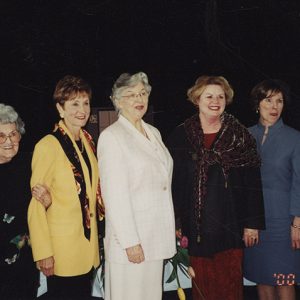 Eliza Ashley with Governors' Wives
Eliza Ashley with Governors' Wives  Beebe Family
Beebe Family  Betty Bumpers and Lily Peter
Betty Bumpers and Lily Peter 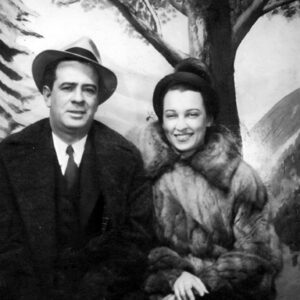 Francis and Margaret Cherry
Francis and Margaret Cherry  Hillary Rodham Clinton
Hillary Rodham Clinton 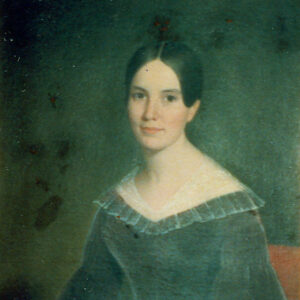 Polly Conway
Polly Conway 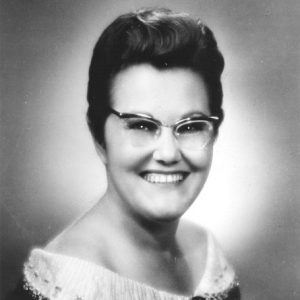 Alta Faubus
Alta Faubus 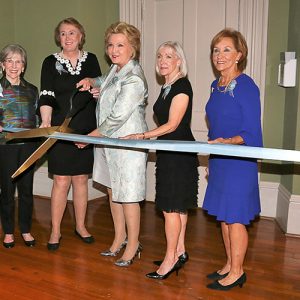 First Ladies Exhibit Grand Reopening
First Ladies Exhibit Grand Reopening  First Lady Gown
First Lady Gown  Janet Huckabee
Janet Huckabee  Susan Hutchinson
Susan Hutchinson 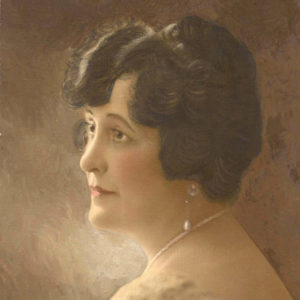 Mabel Martineau
Mabel Martineau 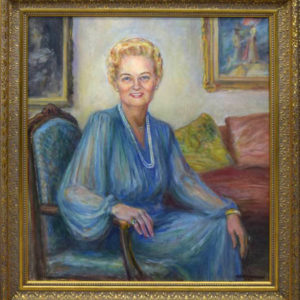 Ann McMath
Ann McMath 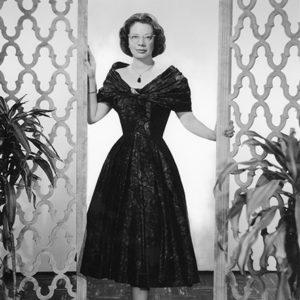 Jeannette Rockefeller
Jeannette Rockefeller  Bryan Sanders
Bryan Sanders 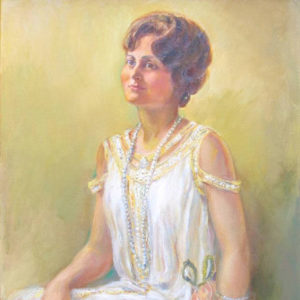 Eula Terral
Eula Terral 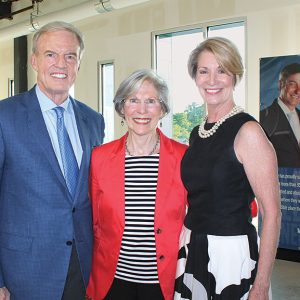 Betty Tucker (center)
Betty Tucker (center)  George Bush with Gay and Frank White
George Bush with Gay and Frank White 




Comments
No comments on this entry yet.